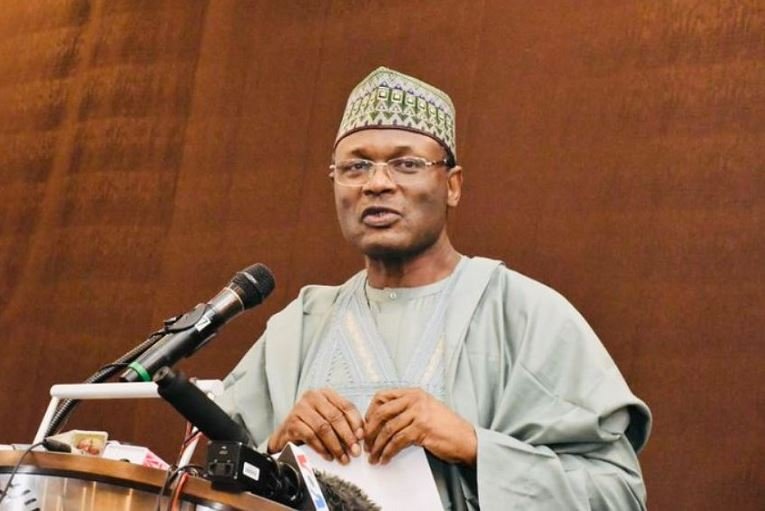
The World Bank has approved a $486 million credit facility to Nigeria for electricity grid improvements, the lender said on Friday.
“The investments under the Nigeria Electricity Transmission Project will increase the power transfer capacity of the transmission network and enable distribution companies to supply consumers with additional power,” the World Bank said.
Nigeria’s dilapidated power sector is often criticised by economists for holding back the country’s economic growth.
Businesses and households are subject to frequent blackouts, and many depend on their own generators that are expensive to run.
There are currently two main types of power plants operating in Nigeria, hydro-electric and thermal or fossil fuel power plants.
READ: Russians charged over tampering with US 2016 election
With a total installed capacity of 8457.6MW (81 percent of total) in early 2014, thermal power plants (gas-fired plants) dominates the Nigerian power supply mix.
Electricity production from hydroelectric sources (% of total) in Nigeria was reported at 17.59 % in 2014, according to the World Bank collection of development indicators, compiled from officially recognized sources.
There have been two main types of fossil fuel/thermal power plants in the country, coal-fired and natural gas-fired.











